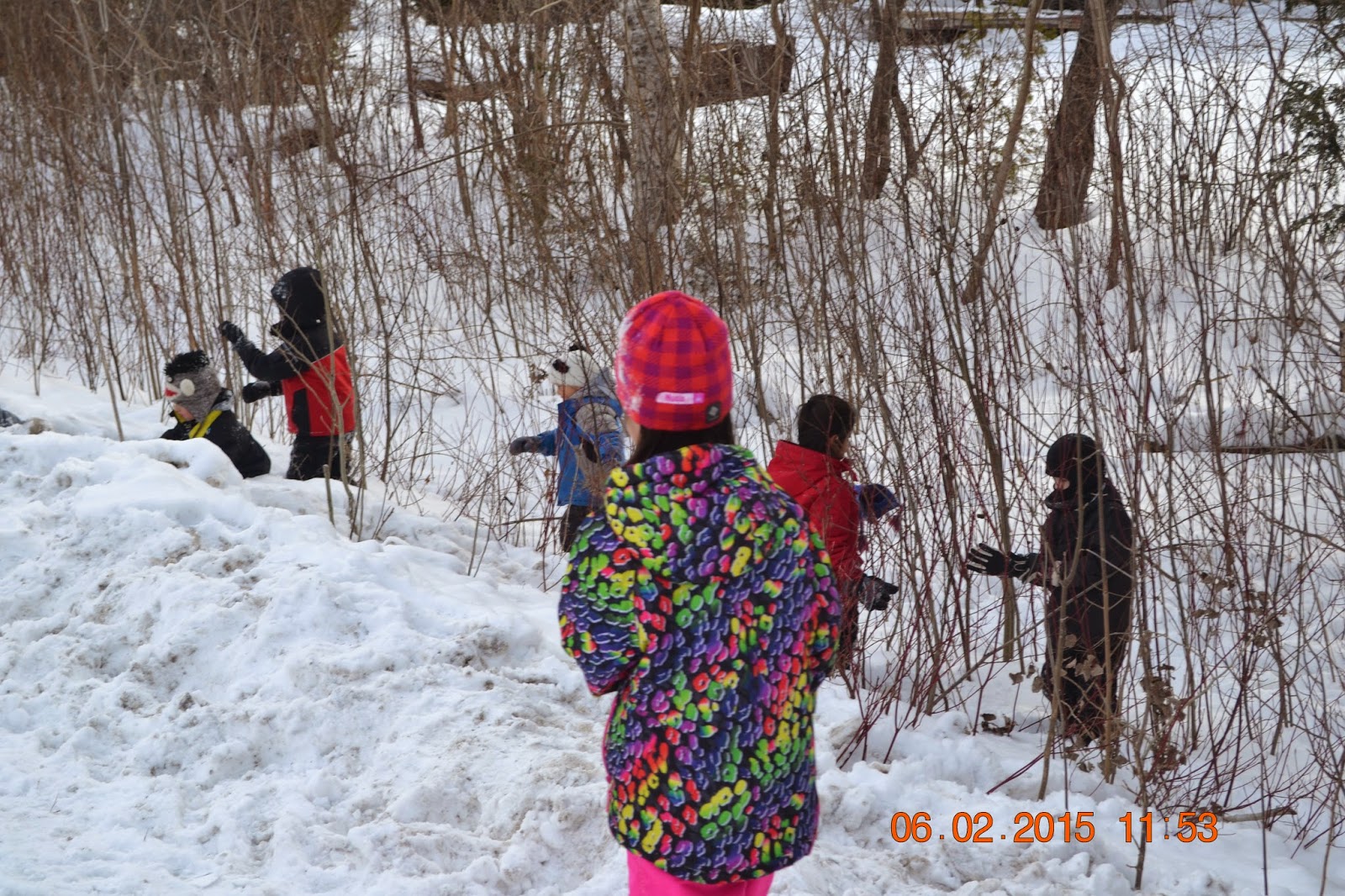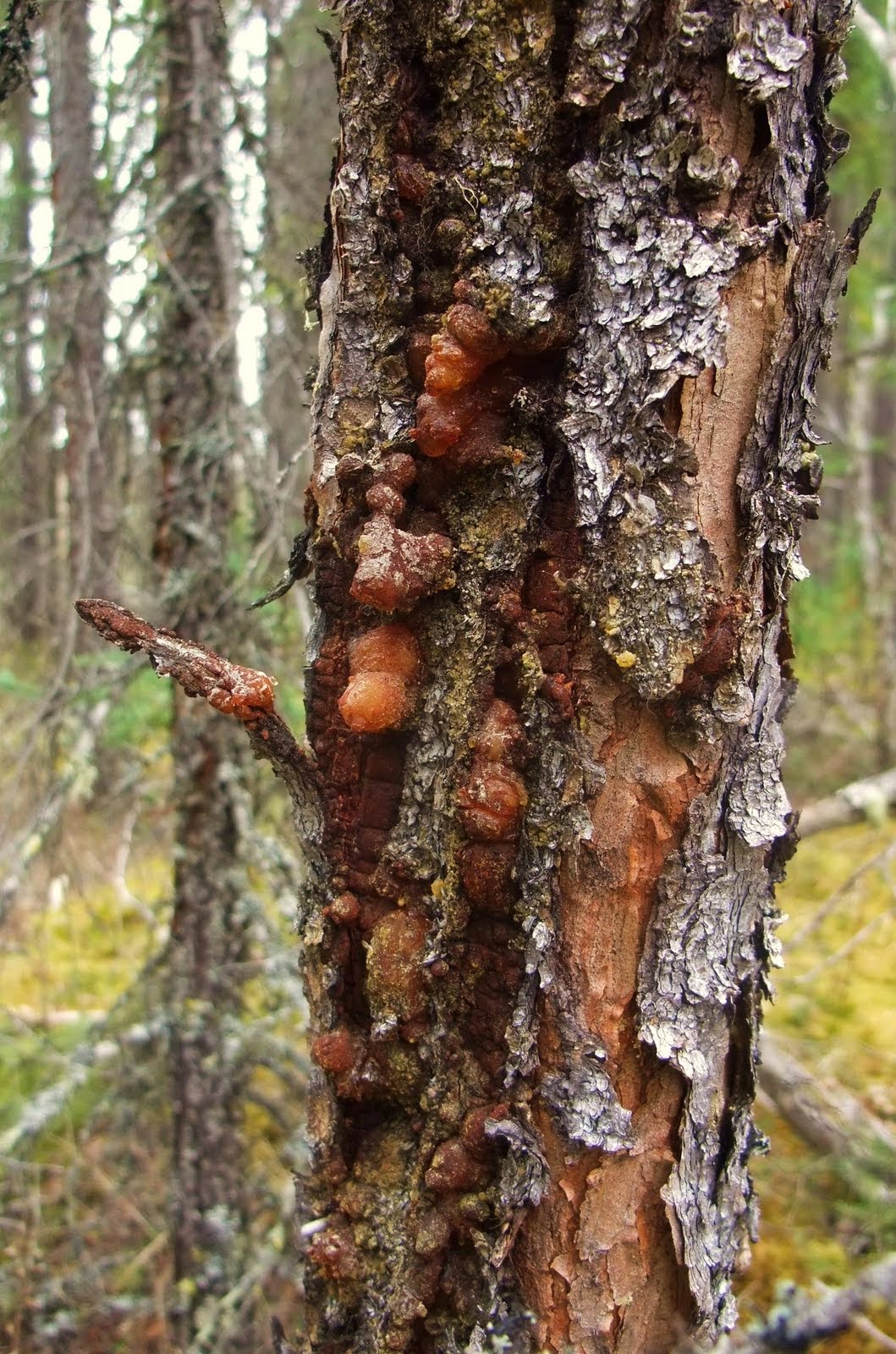Healing Salve
This healing salve would be a perfect alternative for topical antibiotics (polysporin, bactroban) and it is super easy to make.
The best thing is to get to a flea market or any second hand store (I always go to Value Village) and buy a crock pot.
It is important to get a small to medium sized crock, if the crock is too big you run into huge issues, the biggest, being uneven cooking. I want to teach you whats best but it is good to know that in desperate situations any crock will do.
Making this salve is super easy and I think that it should be in everyone's house, in every cupboard at all times!
Step 1:


Please use coconut oil! It alone has seemingly innumerable healing properties. Also, its stability is unmatched and it is the most sustainable option.
Add balsam poplar buds. In the pot you should have about 3/4 poplar buds and 1/4 oil. Any more and the excess resin settles on the bottom and is a hard mess. Any less and it is weak.
Let the buds cook until they blossom. What happens here is the buds are full of a sticky oleoresin. This is where the medicine is, so this is what you want! It just so happens that when you gently heat the mixture of oil and buds in a crock the buds blossom, yielding the oleoresin into the coconut oil.
Now your going to want to strain the buds. This is what will make or break your salve. The best and most potent medicine is still in the buds, no amount of cooking will get it out. The only thing that will get this last little bit of medicine out from these buds is some good ol manual labor. I recommend jelly bags. Put the buds in the jelly bags and wring it out like a rag! Its fairly simple. If you watch the color of the liquid coming out you will notice that it is immediately a dark brown, you squeeze a little harder and it turns an dark amber orange, squeeze harder and it turns light orange and if you keep squeezing it will quickly turn bright bright almost fluorescent golden yellow. This is the most potent medicine and what provides the most healing, though all parts are needed.

Once everything is strained out your left with a beautiful and very simple healing salve. You can end here and jar it.
What I would suggest is harvesting spruce gum and adding it.

Adding spruce gum is just so simple and provides so much healing that your not going to want to pass it up.
Scrape some oozing resin from a near-by spruce/pine and add it to the heated oil just after you strain the poplar buds and it will quickly dissolve in like Kool-aid (Please don't drink kool-aid) Its. That. Simple.
This is a dynamite mixture that is incredibly simple! It is called a vulnerary, meaning it substantially promotes the healing of anything topical: Cuts, burns, scrapes, scabs, scars, rashes, etc.
It is also used successfully to treat things like arthritis, sore muscles, swelling, ear aches, sinus infections etc.
Because this salve is Anti-bacterial, anti-septic, anti-viral and anti-microbial it can be stored in a cupboard for quite a number of years before it has the possibility of going bad.
 |
| Don't we all want to substitute these? |
 |
| This size is great! |
 |
| So is this size.. |
It is important to get a small to medium sized crock, if the crock is too big you run into huge issues, the biggest, being uneven cooking. I want to teach you whats best but it is good to know that in desperate situations any crock will do.
Making this salve is super easy and I think that it should be in everyone's house, in every cupboard at all times!
Step 1:
Harvest balsam poplar buds!
First, around Mid-February to mid-march, find a balsam poplar tree:

What we do is go to shorelines or not-well-frequented ditches. And look for big oozing sticky buds.
 |
| Some pupils of mine laboring in the ditches of Mchigeeng lol!! |
Timing is key. These buds are on the tree for the majority of the winter but for one week sometime between mid-Feb to mid-March they go from being small to swollen and oozing with resin.
After being swollen for about a week the leaves start growing and push the resin out, lowering the amount of resin in the buds everyday.
Harvest during the swollen week!
After being swollen for about a week the leaves start growing and push the resin out, lowering the amount of resin in the buds everyday.
Harvest during the swollen week!
Step 2:
 |
| Melt some coconut oil in a crock |

Please use coconut oil! It alone has seemingly innumerable healing properties. Also, its stability is unmatched and it is the most sustainable option.
Step 3:
Add balsam poplar buds. In the pot you should have about 3/4 poplar buds and 1/4 oil. Any more and the excess resin settles on the bottom and is a hard mess. Any less and it is weak.
 |
| A slight fizzle is fine, but do not boil. |
Step 4:
 |
| Add caption |
(Final) Step 5:

Once everything is strained out your left with a beautiful and very simple healing salve. You can end here and jar it.
Optional Step 6:
What I would suggest is harvesting spruce gum and adding it.

Adding spruce gum is just so simple and provides so much healing that your not going to want to pass it up.
Scrape some oozing resin from a near-by spruce/pine and add it to the heated oil just after you strain the poplar buds and it will quickly dissolve in like Kool-aid (Please don't drink kool-aid) Its. That. Simple.
This is a dynamite mixture that is incredibly simple! It is called a vulnerary, meaning it substantially promotes the healing of anything topical: Cuts, burns, scrapes, scabs, scars, rashes, etc.
It is also used successfully to treat things like arthritis, sore muscles, swelling, ear aches, sinus infections etc.
Because this salve is Anti-bacterial, anti-septic, anti-viral and anti-microbial it can be stored in a cupboard for quite a number of years before it has the possibility of going bad.

.png)












No comments:
Post a Comment